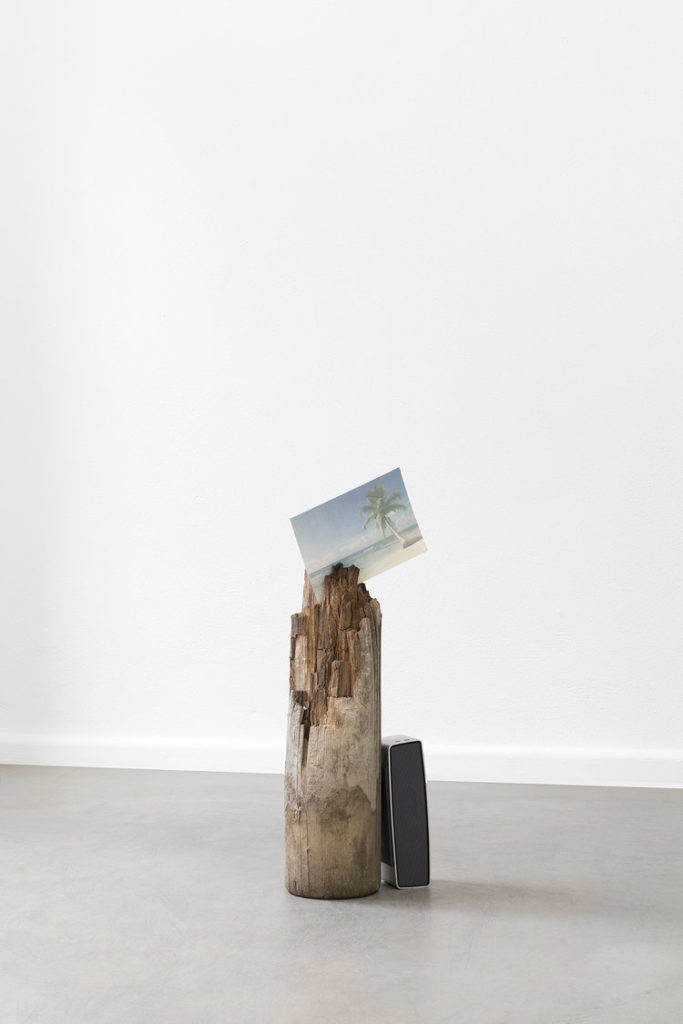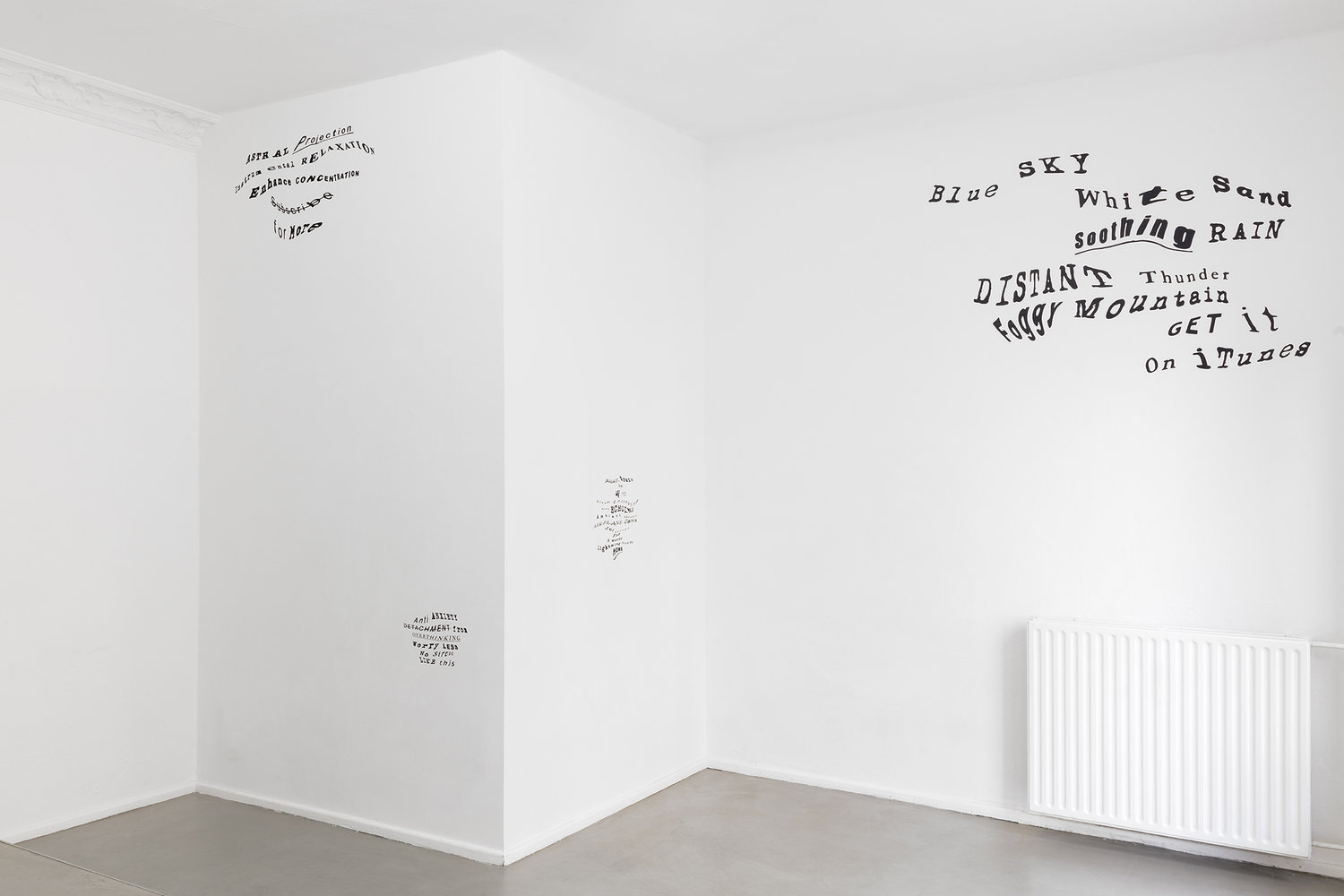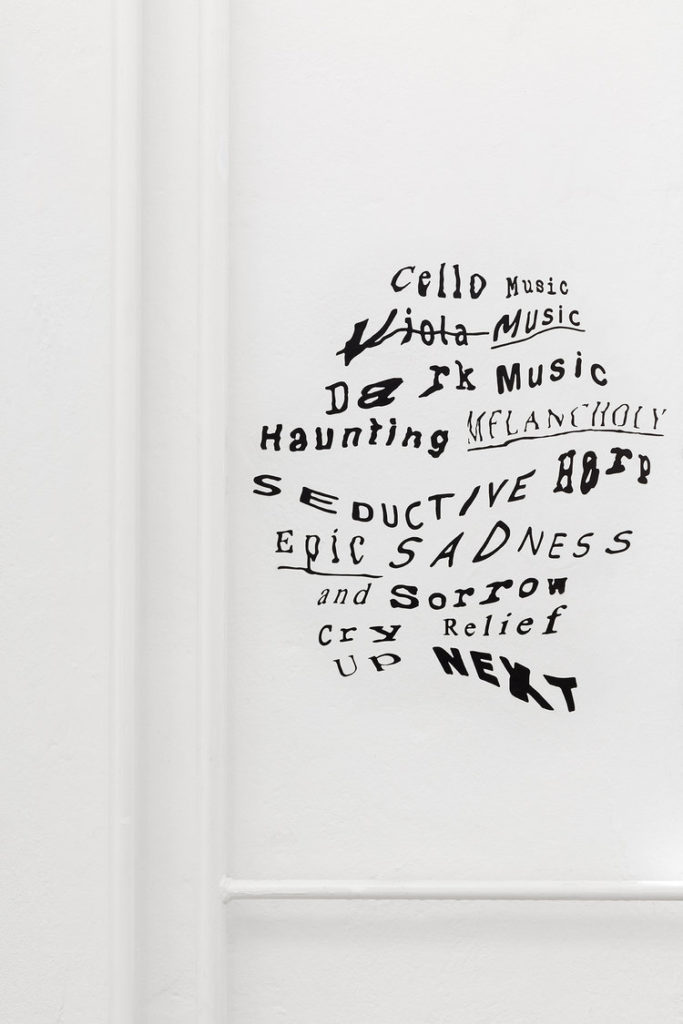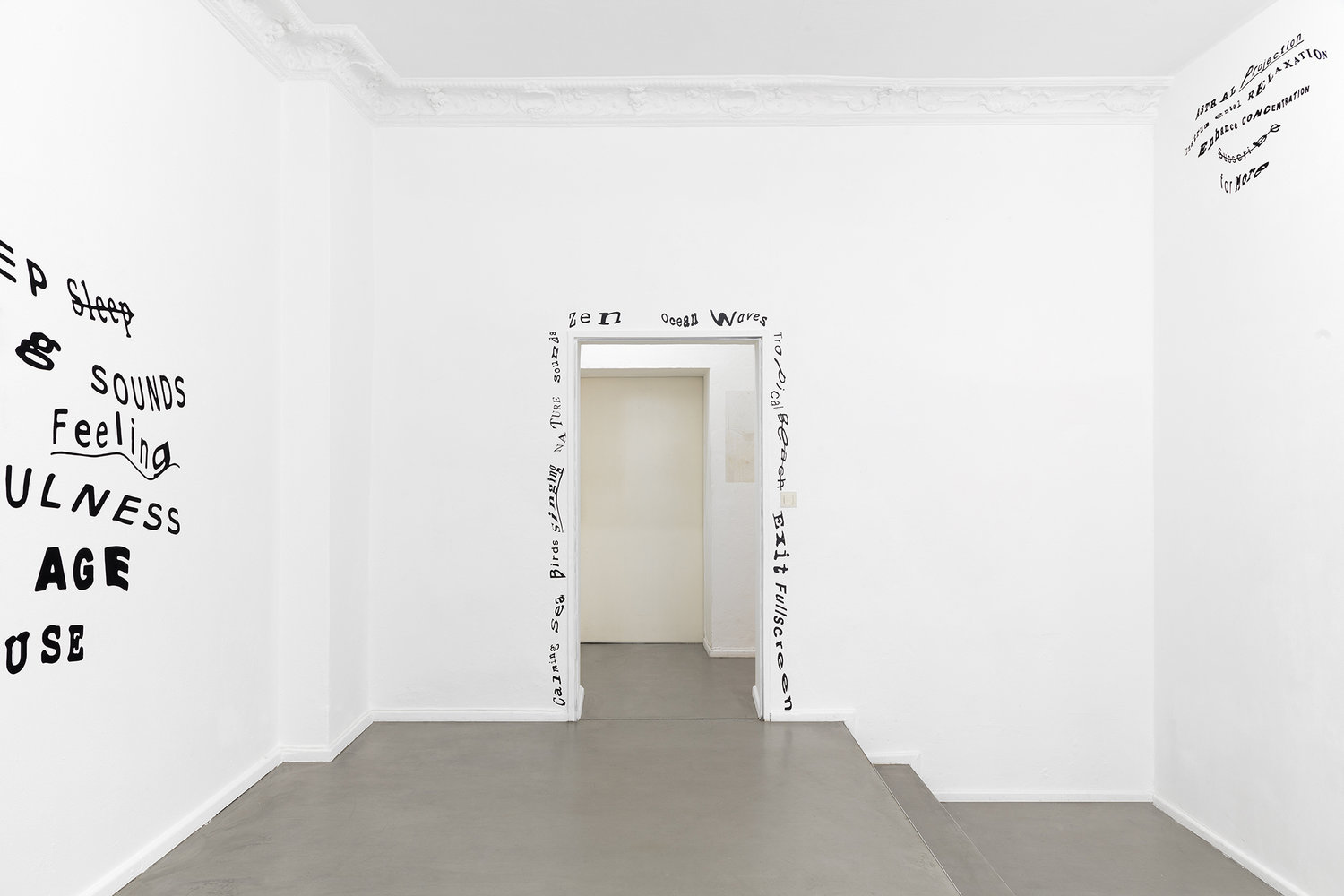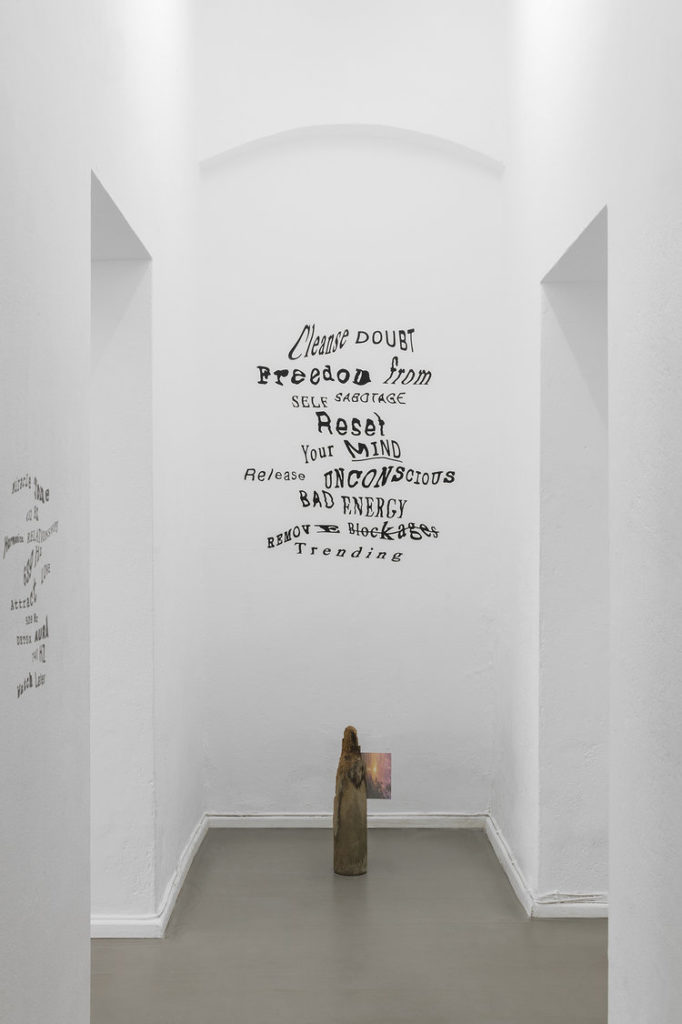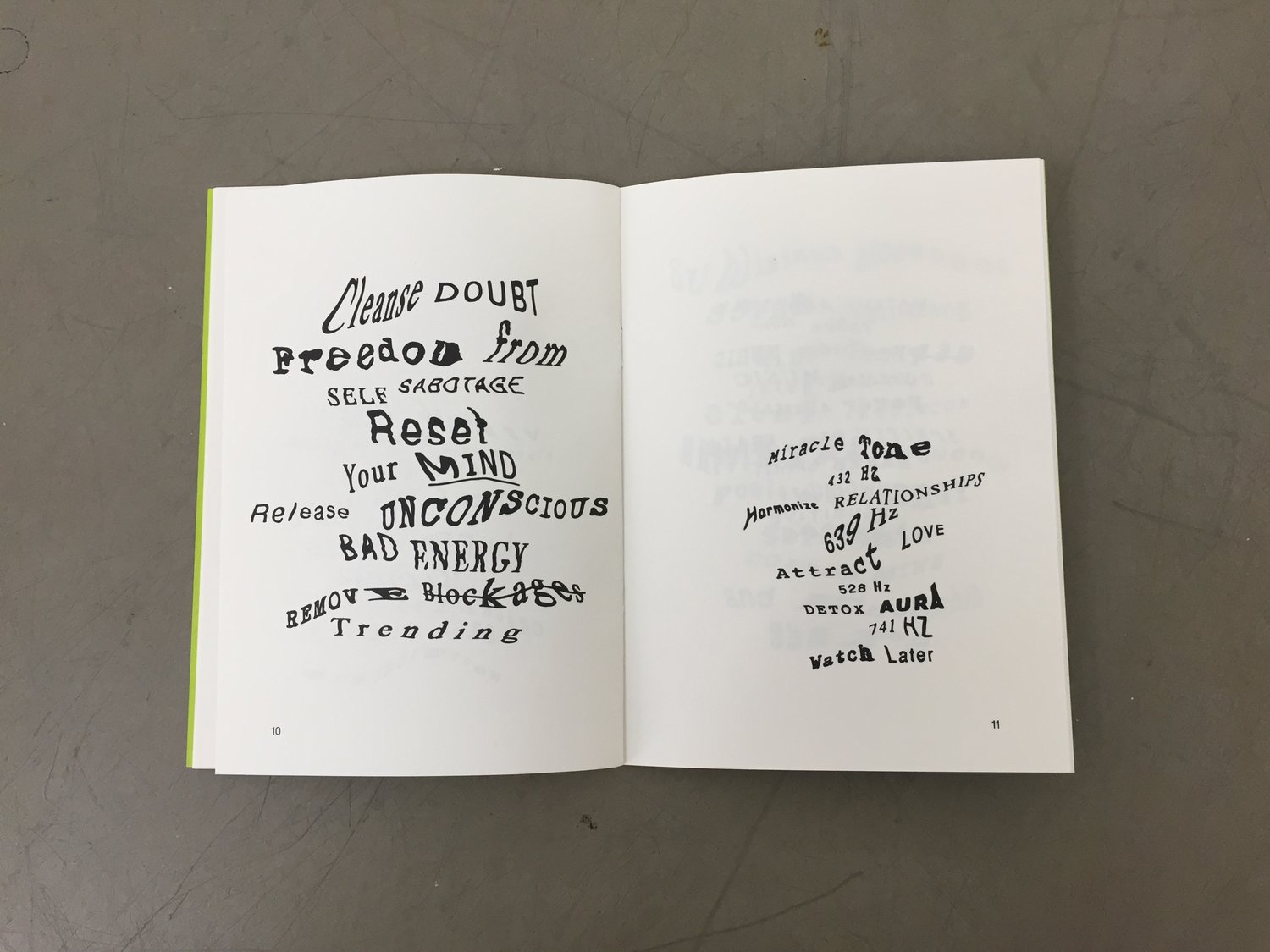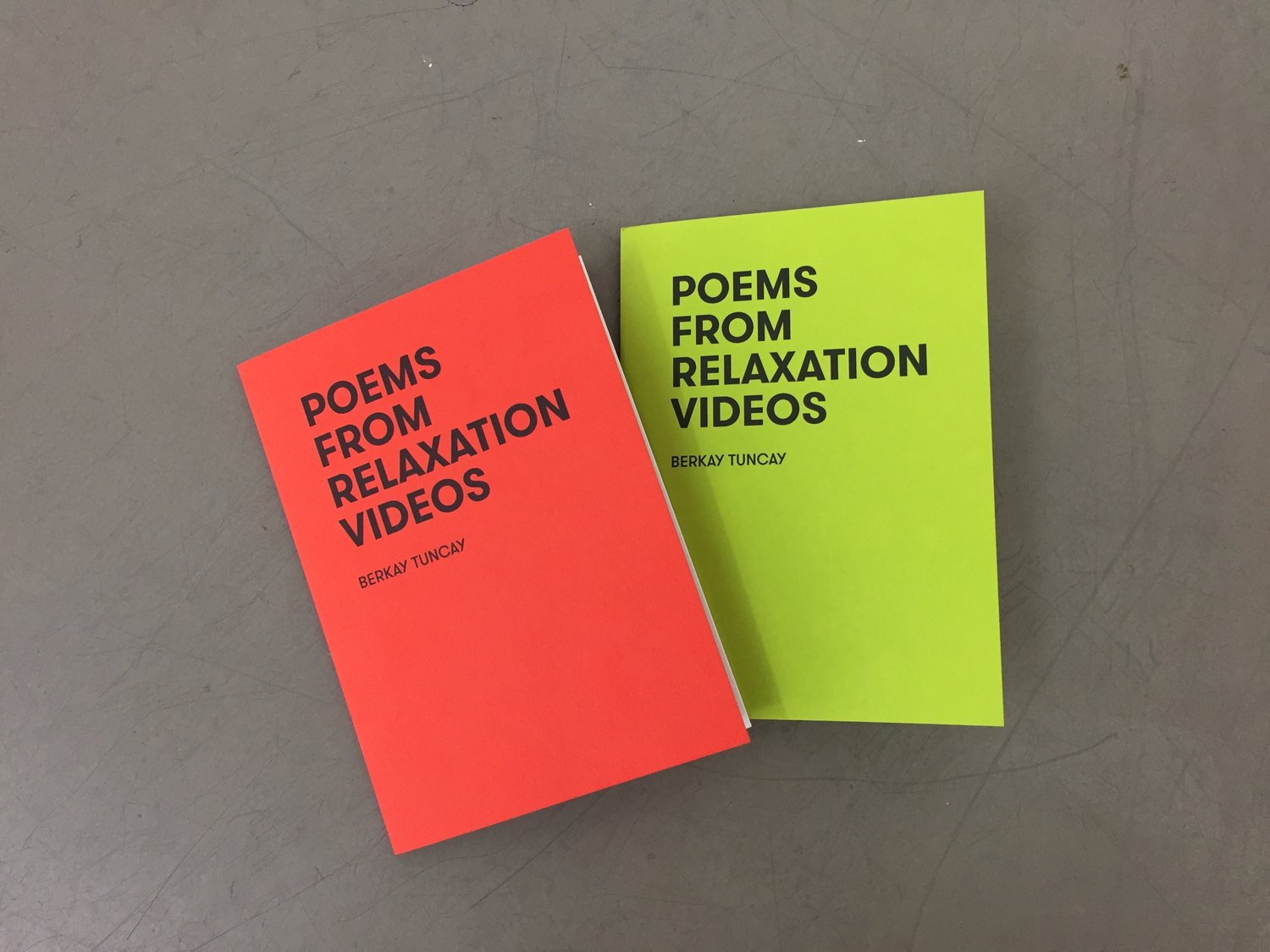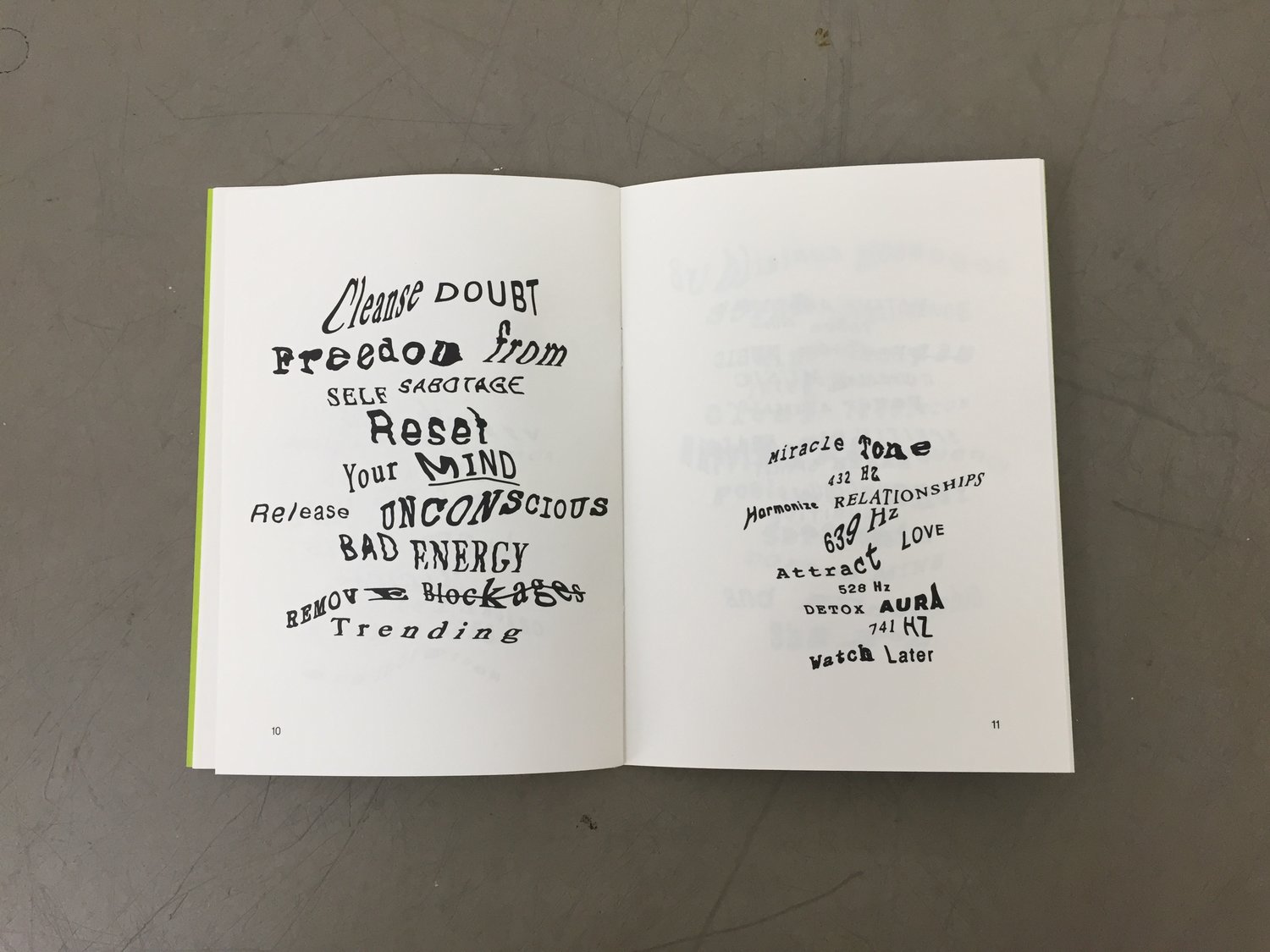GETTING AWAY WITH IT (ALL MESSED UP)
Berkay Tuncay
Exhibition
Sept 21-30, 2018
Reading Night
Sept 27, 7pm
With Katharina Ludwig, Soline Krug, Samantha Bohatsch,
Liesje De Laet & Katinka de Jonge (Wellness Center Future Proof)
Location
At Display, Berlin
Project Space Award Ceremony
Sept 28, 7.30-9pm
At Bar Babette
All events are included in Berlin Art Week

Are you aching for the blade? So opens the song, “ode to life”, of the band James released in 2001. With this inaugural sentence, we dive directly into the dark depths of living or at least come close to its duality. Aching. And then Aching for. We are attracted to the blade that would bring us to the grave, as evoked a little further in the song suggesting the wish to disappear. Desire and threat. Will it hurt or will it heal?
Though we still need a professional blade to officially open, transform or treat the body, its scientific knowledge and transparency have become more accessible for the individual, and will eventually become common through open data. We see through and decrypt ourselves: sending a few millimeters saliva to California makes our genetics readable, our future affordable and origins traceable. Almost reliable. New technologies have eased the access to transparency, allowing a re-appropriation of the body by its owner in the whole medical processes (perhaps losing data safety or property as a counter part). In the 1980’s, “Wellness” was disseminated in contrast to the conception of “Health” as the state of non-illness. It raised awareness on “Well-being” while taking into consideration the environmental and socio-political contexts, the life-style and its associated sense of belonging. This might have reinforced home-made therapies, accelerating the development of alternative treatments and self-healing materials.
That’s ok, we’re insured. In a way, we are made to survive. We have the tools. Berkay Tuncay in his recent work and research focuses on relaxation videos. Constituting a mass consumer product, these countless videos, meditation, yoga lessons or other beloved ASMR channels have accumulated on the web and gained popularity among xennials, millennials or white-collar workers. They are the personal survival kit helping to control and minimize anxiety and contemporary day-to-day disorders. They are supposed to fix the back pain and the stress that they might actually be causing. We create the diseases and we create the tools. We create the tools that create the diseases and so on. Poison and remedy. “A healthy mind in a healthy body” henceforth intertwined with our technological lives.
Berkay Tuncay is interested in the visual, acoustic and semantic properties of these videos. Water, deep, sleep, sabotage, forest… He extracts their repetitive words and ideas, their corporate sounds, the recursive language of their ICT vehicles and translates them into visual digital poems – the Poems From Relaxation Videos. They are “captured” like the captcha forms that the artist uses to render the poems. The “Completely Automated Public Turing tests to tell Computers and Human Apart” remind you that you are not a robot. Installed in the space, they surround you with words, forms, sounds that push you to oscillate between reading and viewing mode, between the simplicity of the words and the complex image of a situation in which we live in or tend to leave. Getting Away With It (All Messed Up).
Text by Marie DuPasquier
READING NIGHT
In the frame of the exhibition “Getting Away With It (All Messed Up)”, Katharina Ludwig, Soline Krug, Samantha Bohatsch, Katinka de Jonge and Liesje De Laet engage with reading-performances and go into resonance with the space and its current exhibition.
Katharina Ludwig‘s work operates in the space between film, theatre, language, digital culture and artefact. Her practice investigates the structures and fragmentation of narratives in the digital age and their influence on and ability to subvert established hierarchies and binary oppositions. Objects and writing/text form the main components of her installations. Her work is temporal, spatial and material based, in her three-dimensional works as well as in her writing. Katharina is interested in moments of transformation: when one state is dissolving while another one begins to materialise. Her work playfully investigates objects, language and time to explore these transitions by treating objects as language and language as disembodied objects, and by challenging their assigned temporalities. Thereby she examines the potential manifestations of language: in space, time and material. www.katharinaludwig.com
Soline Krug’s combines Lecture-Performances with installations and images. She examines existing systems for possible break lines.”Her interventions and performances investigate the potential cracks in every seemingly fixed system. And whenever she cannot find any, she makes them up herself” (Bastian Sistig). Physical phenomena are intertwined with those from pop culture, psychology, philosophy or linguistic; a kind of virtual thinking. Commonplaces and rules of behaviour lose themselves in contradictions which then turn into inner monologues. In 2018, she is Meisterschülerin of Weissensee Kunsthochschule Berlin and is a fellowships artist of Goldrausch Künstlerinnenprojekt. In 2016, she received the Mart Stam Prize and the Mart Stam Studio Grant. Her works have been shown in many institutions including: Akademisches Kunstmuseum Bonn, Kunstmuseum Ahrenshoop, Brandenburgischer Kunstverein, Potsdam, ZQM, Berlin, Kunstraum Kreuzberg/Bethanien, Bayer Kulturhaus, Leverkusen. www.solinekrug.com
Samantha Bohatsch works with texts, sound pieces, installations and performances, exploring forms of interpersonal communication. Her works are about female protagonists who reach social or societal boundaries and try to overcome them. They are hybrids of personal experiences and observations from the internet, queer and feminist literature, history and pop culture. mixed feelings (2017) from Samantha Bohatsch tells of the (unfortunate) attempts to build relationships with people in times of social media. From panic attacks and calming tactics. The artist is humming Lady Gaga songs and is accompanied by the sounds of Berlin. Samantha Bohatsch studied in Vienna, Berlin (UdK & Weissensee Kunsthochschule) and Karlsruhe (Meisterschülerin at State Academy of Fine Art). Her work has been presented in many institutions including Bob’s Pogo Bar/ KW Institute for Contemporary Art Berlin; Forum Stadtpark, Graz (A); Kunstverein Reutlingen (D); o.T. Raum für Aktuelle Kunst, Lucerne (CH) and Kunsthalle Basel. She has been honored with artist fellowships by Goldrausch Künstlerinnenprojekt, the Federal State Baden-Württemberg (D) the Arts Foundation Baden-Württemberg (D), and the German Academic Scholarship Foundation. www.samanthabohatsch.com
Katinka de Jonge & Liesja De Laet. The shared projects of Katinka de Jonge and Liesje De Laet develops from a fundamental fascination with – invisible – belief and knowledge systems. This is an interest in phenomena concerning intangible relationships, energy flows, spiritual animism. ‘The invisible’ is also inextricably linked to ‘shadow worlds’ in which, for example, power structures and conspiracy theories conceal themselves. The knowledge systems and conceptual frameworks of these immaterial but sensitive world(s) are dissected and digested. Together this forms the starting point for a non-anthropocentric world view contemplating and speculating on current affairs such as climate change, and the effects of late capitalism. Critical reflection forms the connecting core on which their shared projects are built. One of their shared project is embodied by the Wellness Centre “Future Proof”. https://liesjedelaet.hotglue.me/futureproof/ and https://katinkadejonge.hotglue.me/wcfp/


